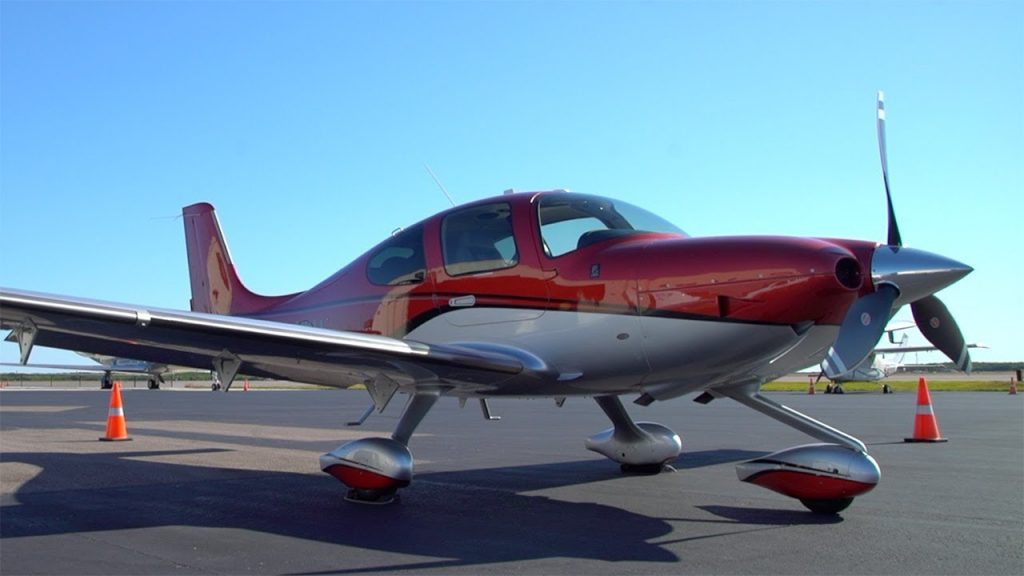Increasing the effectiveness of brake cooling
The braking and landing of aeroplanes is one action that adds to carbon emissions. A single landing operation generates a significant amount of particulate matter in the atmosphere. During the landing procedure, the concentration increases more than tenfold and lasts at least 60 seconds.
To make a safe landing, planes employ a variety of braking technologies. Spoilers and thrust reversers are examples of this. To decelerate, the reserve thrust works against the plane’s forward motion. Air or speed brakes can also be used to generate drag and, in turn, put torque on the wheels, allowing the plane to come to a stop.
Planes generally begin the landing procedure at approximately 165 miles per hour and must approach 0 miles per hour as fast as feasible.
Because of the enormous heat involved in this operation, landings can be hazardous, resulting in tyre explosions, brake seizing, and fires.
As a result, lowering these temperatures can assist enhance the safety of the landing process while also lowering particulate matter.
Furthermore, the implementation of dependable active brake cooling has the potential to minimise the dependency on reverse thrust and, as a result, the associated fuel expenditures.
As a result, CO2 emissions are reduced, engine lifespan is extended, and fuel efficiency is improved.
Ogab® Brake Cooling Technology in Action
To lessen the hazards of landing, Ogab®’s Sustainable Braking employs proprietary airflow technology to cool brakes.
Ogab®’s Sustainable Braking cooling technology helps to immediately stabilise brake temperature by capturing energy that would otherwise be wasted.
This helps to extend the life of the brake discs by reducing brake deterioration and burn up, which occurs when there is too much heat and friction.
Our study on light aircraft has revealed that Ogab’s Sustainable Braking technology improves the average volume temperature of rotating discs by 33.5 percent.
In addition, our invention resulted in a 24.8 percent reduction in the maximum disc volume temperature during the ten seconds of braking
However, after 30 seconds, our research revealed more positive benefits.
With a 77.44% increase in average disc volume temperature and a whopping 80.89% increase in maximum disc volume temperature.
These studies demonstrate how cooling systems may assist aircraft and the aviation industry as a whole abd how to increase sustainability in aviation.
Benefits of Sustainable Braking For Aviation
- Increased Fuel Efficiency
- Faster Flight Turnarounds
- Reduced Maintenance Costs
- Increased Safety
- Enhanced Sustainability
Ogab®’s aviation technology innovations offer a multitude of benefits that can make a game-changing difference to aviation firms
Media Contact
Company Name: Hero SEO
Contact Person: Andrew Williams
Email: Send Email
Phone: 01273252377
Country: United Kingdom
Website: heroseo.co.uk

